Nationwide Availability Means Chevrolet Bolt Has Outsold Chevrolet Volt Two Months Running
August 2017 marked the second consecutive month in which the Chevrolet Bolt, GM’s all-electric hatchback, generated more U.S. sales than the Chevrolet Volt, GM’s range-extended electric liftback.
Now available across America, the Chevrolet Bolt produced its best sales month to date in August.
The Chevrolet Volt, meanwhile, suffered its fifth consecutive month of decline.
Bolt > Volt?
Launched in late 2016, the Chevrolet Bolt was initially available only in California and Oregon. By spring, GM had added Maryland, Massachusetts, New Jersey, New York, Virginia, and Washington. Arizona, Colorado, Connecticut, Florida, Illinois, New Hampshire, Pennsylvania, Rhode Island, Texas, and Vermont, were scheduled next. With 32 more states added for a full slate, Bolt volume rose to 2,107 units in August, 54-percent greater than its monthly average through July.
Though certainly not yet a common car, 2,107 August sales made the Chevrolet Bolt more popular than the Audi A3, BMW X1, Mercedes-Benz CLA, Ford Flex, Chevrolet Spark, Mazda CX-9, Ford C-Max, and Jaguar F-Pace, among many others. Bolt sales were also 83 percent stronger than U.S. sales of the Nissan Leaf, now operating at the end of its first-generation’s tenure.
“There simply isn’t an affordable long-range alternative at the moment,” GM spokesperson Jim Cain (no relation) told TTAC this morning. The Chevrolet Bolt has an EPA-rated range of 238 miles; the Nissan Leaf is now rated at 107 miles.
As for the Chevrolet Volt, the second-generation of GM’s range-extended EV — known typically as a plug-in hybrid — is not just losing out to the Chevrolet Bolt but also to the increasingly popular Toyota Prius Prime. Year-to-date, the Volt leads the Prius Prime by 738 sales, but the Prius Prime has outsold the Volt in four of the last five months.
With the Volt losing market share to the Prius Prime while also losing limelight to the Bolt, Volt sales have fallen 19 percent during the last five months. That’s a meaningful slide for a car that climbed to its highest annual total ever in calendar year 2016.
From GM’s perspective, Jim Cain says the Volt continues to perform well. With the Bolt and Volt — an either/or proposition — Chevrolet’s lineup differs from Toyota, which is currently hybrid-focused, and Nissan, which is currently EV-focused. Offering the suddenly less popular Volt alongside the Bolt is helpful, “because it offers its own solution to range anxiety,” Cain says.
Neither car makes a strong suggestion that mass EV adoption is upon us — plug-in hybrids and pure electrics generated just 1 percent of U.S. auto sales in August. But as EV ranges extend, range-extended hybrids such as the Volt may lose their appeal more rapidly than originally expected.
Chevrolet sold 196,007 new vehicles in August 2017. General Motors sold 275,552, an 8-percent improvement. Included in those totals were 3,552 Bolts and Volts. HybridCars.com estimates Tesla sold 2,100 copies of the Model S plus 1,700 Model Xs and 70 Model 3s.
[Image: Chevrolet]
Timothy Cain is a contributing analyst at The Truth About Cars and Autofocus.ca and the founder and former editor of GoodCarBadCar.net. Follow on Twitter @timcaincars.
More by Timothy Cain
Latest Car Reviews
Read moreLatest Product Reviews
Read moreRecent Comments
- W Conrad I'm not afraid of them, but they aren't needed for everyone or everywhere. Long haul and highway driving sure, but in the city, nope.
- Jalop1991 In a manner similar to PHEV being the correct answer, I declare RPVs to be the correct answer here.We're doing it with certain aircraft; why not with cars on the ground, using hardware and tools like Telsa's "FSD" or GM's "SuperCruise" as the base?Take the local Uber driver out of the car, and put him in a professional centralized environment from where he drives me around. The system and the individual car can have awareness as well as gates, but he's responsible for the driving.Put the tech into my car, and let me buy it as needed. I need someone else to drive me home; hit the button and voila, I've hired a driver for the moment. I don't want to drive 11 hours to my vacation spot; hire the remote pilot for that. When I get there, I have my car and he's still at his normal location, piloting cars for other people.The system would allow for driver rest period, like what's required for truckers, so I might end up with multiple people driving me to the coast. I don't care. And they don't have to be physically with me, therefore they can be way cheaper.Charge taxi-type per-mile rates. For long drives, offer per-trip rates. Offer subscriptions, including miles/hours. Whatever.(And for grins, dress the remote pilots all as Johnnie.)Start this out with big rigs. Take the trucker away from the long haul driving, and let him be there for emergencies and the short haul parts of the trip.And in a manner similar to PHEVs being discredited, I fully expect to be razzed for this brilliant idea (not unlike how Alan Kay wasn't recognized until many many years later for his Dynabook vision).
- B-BodyBuick84 Not afraid of AV's as I highly doubt they will ever be %100 viable for our roads. Stop-and-go downtown city or rush hour highway traffic? I can see that, but otherwise there's simply too many variables. Bad weather conditions, faded road lines or markings, reflective surfaces with glare, etc. There's also the issue of cultural norms. About a decade ago there was actually an online test called 'The Morality Machine' one could do online where you were in control of an AV and choose what action to take when a crash was inevitable. I think something like 2.5 million people across the world participated? For example, do you hit and most likely kill the elderly couple strolling across the crosswalk or crash the vehicle into a cement barrier and almost certainly cause the death of the vehicle occupants? What if it's a parent and child? In N. America 98% of people choose to hit the elderly couple and save themselves while in Asia, the exact opposite happened where 98% choose to hit the parent and child. Why? Cultural differences. Asia puts a lot of emphasis on respecting their elderly while N. America has a culture of 'save/ protect the children'. Are these AV's going to respect that culture? Is a VW Jetta or Buick Envision AV going to have different programming depending on whether it's sold in Canada or Taiwan? how's that going to effect legislation and legal battles when a crash inevitibly does happen? These are the true barriers to mass AV adoption, and in the 10 years since that test came out, there has been zero answers or progress on this matter. So no, I'm not afraid of AV's simply because with the exception of a few specific situations, most avenues are going to prove to be a dead-end for automakers.
- Mike Bradley Autonomous cars were developed in Silicon Valley. For new products there, the standard business plan is to put a barely-functioning product on the market right away and wait for the early-adopter customers to find the flaws. That's exactly what's happened. Detroit's plan is pretty much the opposite, but Detroit isn't developing this product. That's why dealers, for instance, haven't been trained in the cars.
- Dartman https://apnews.com/article/artificial-intelligence-fighter-jets-air-force-6a1100c96a73ca9b7f41cbd6a2753fdaAutonomous/Ai is here now. The question is implementation and acceptance.
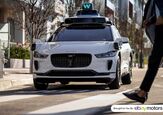
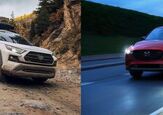
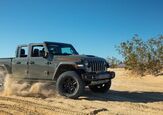
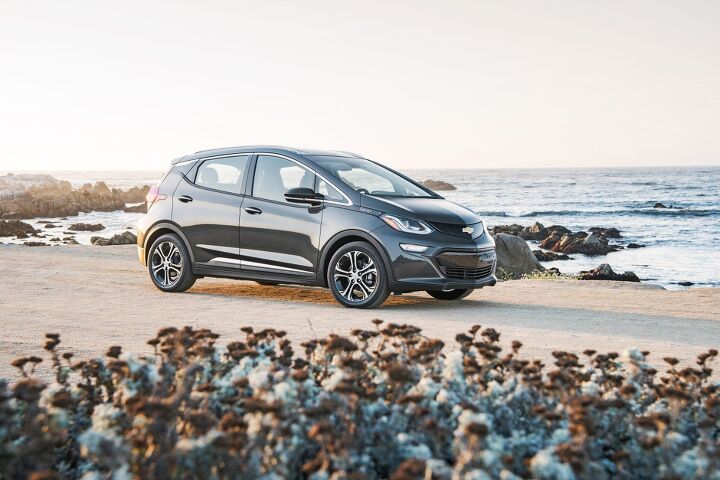
















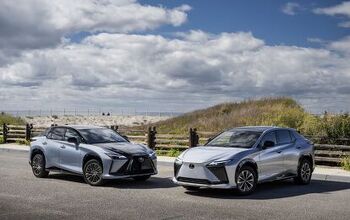
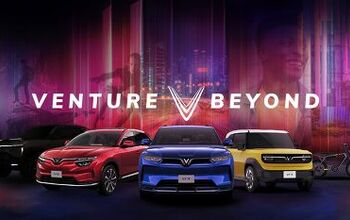

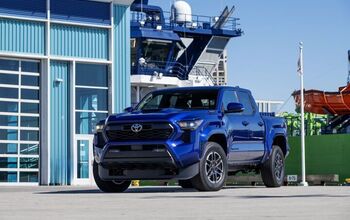

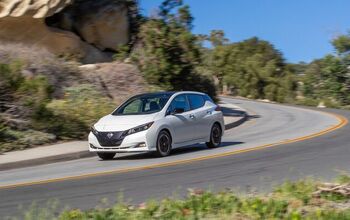
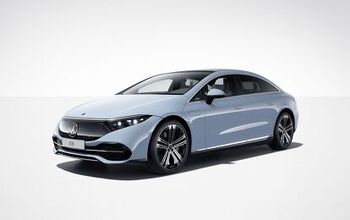
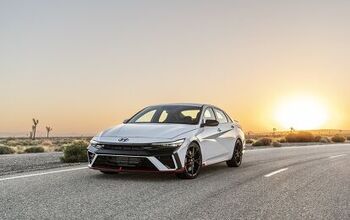
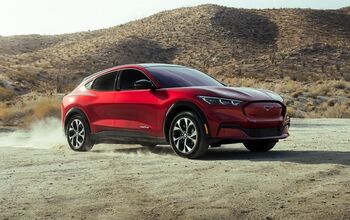
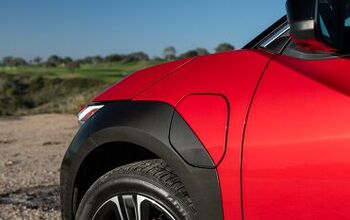

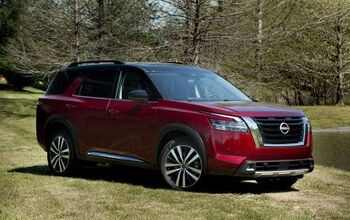

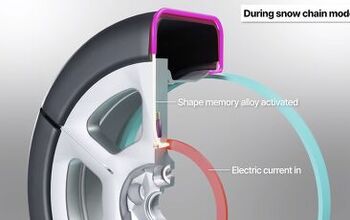

Comments
Join the conversation
I was in the Bay Area over Labor Day weekend and saw a TON of Bolts. I definitely did not expect to see so many, especially because the only Chevys you see there are Camaros or Corvettes.
Dough DeMuro has a good review on the Bolt. For the money the Bolt offers a lot more than any electric vehicle. If I were to get an electric vehicle I would get a Bolt.